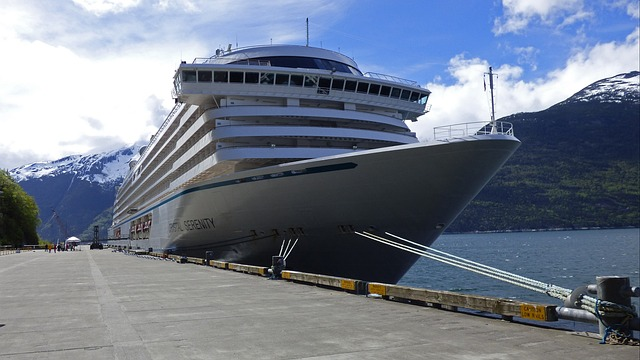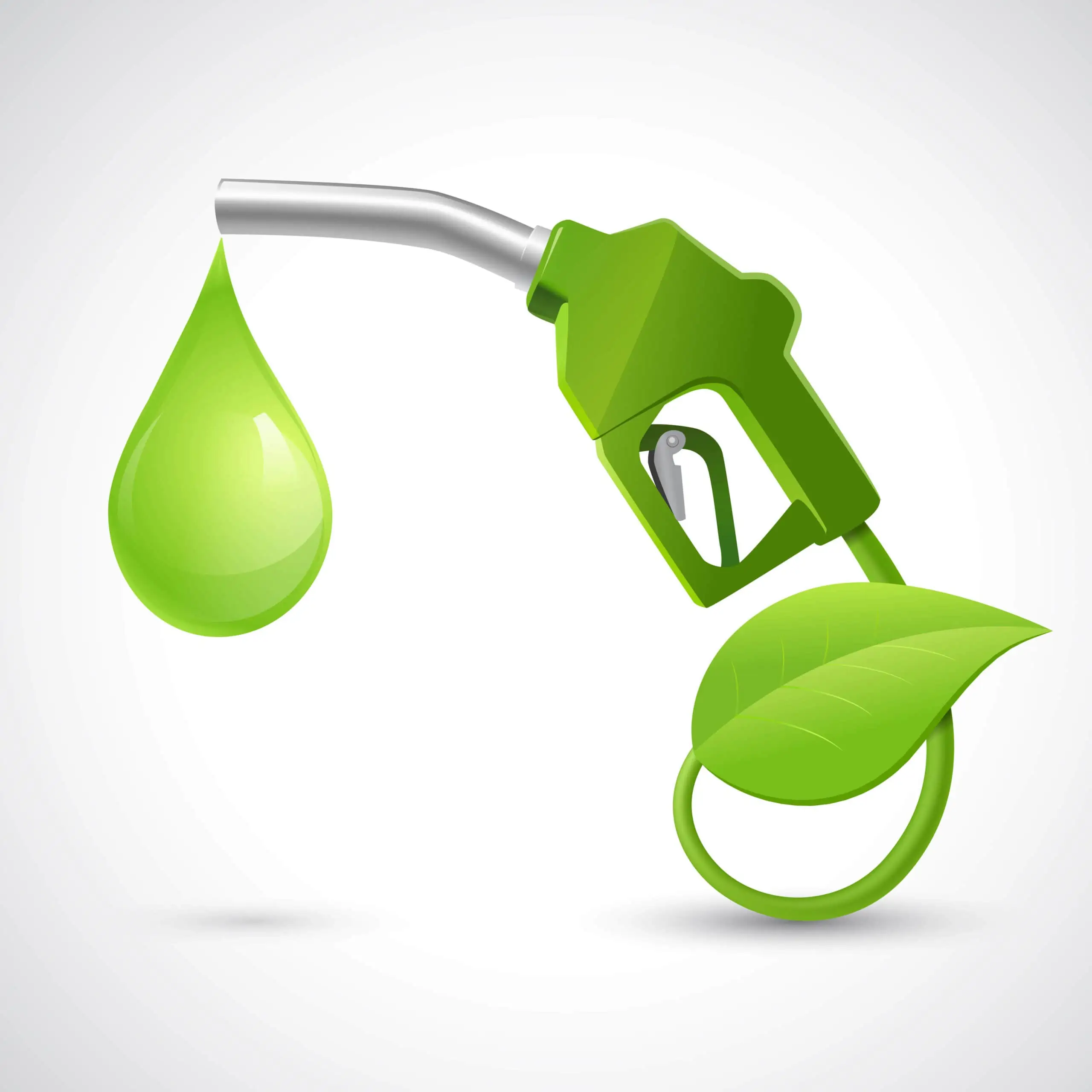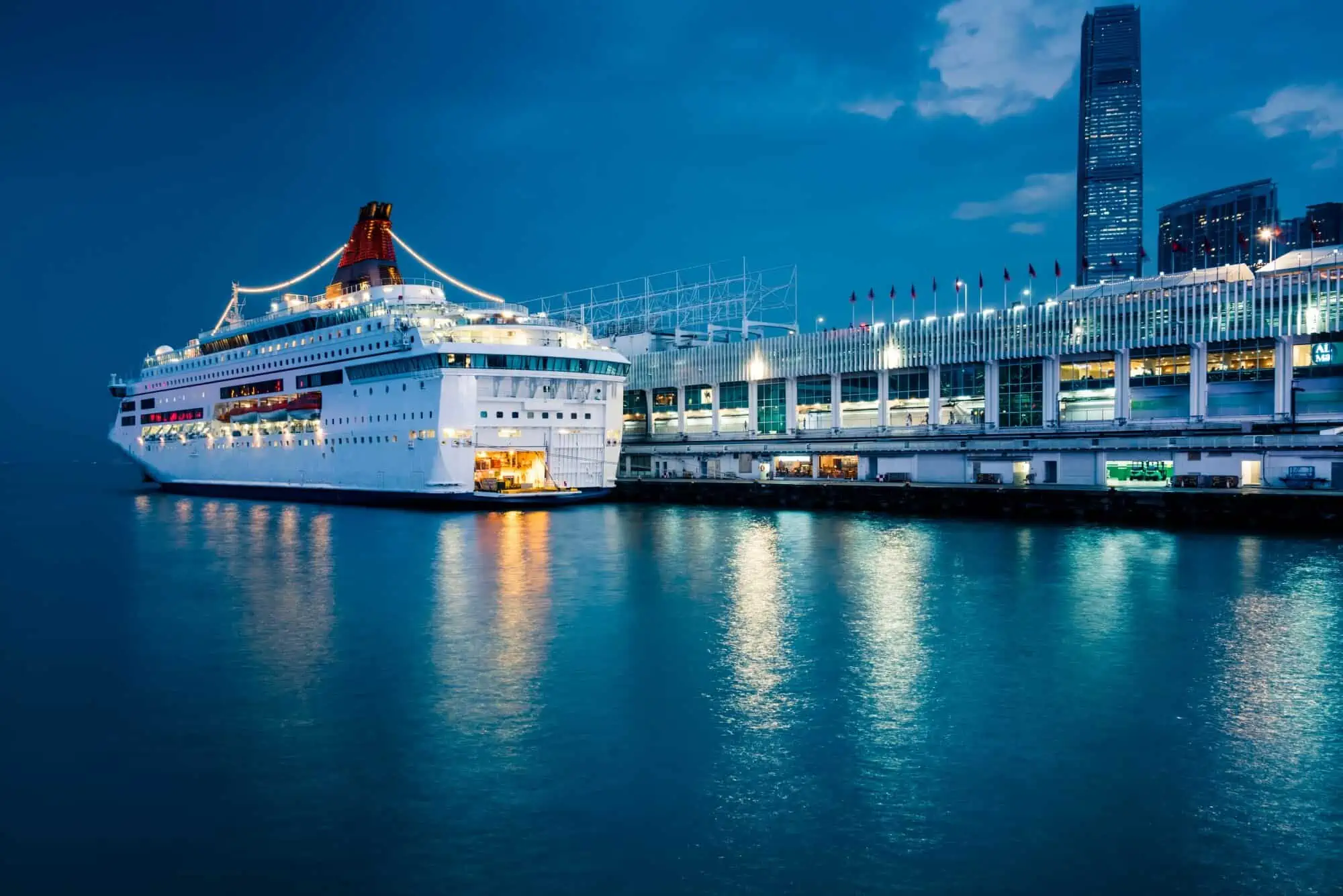Ever wondered what keeps our magnificent cruise ships sailing smoothly? Let’s talk about something rarely discussed but vitally important – cruise ship fuel. As the cruise industry evolves, so does its approach to fuel, from traditional methods to cutting-edge, eco-friendly innovations. Let’s look at the types of fuel that powers cruise ships, as well as their impact.
What Fuel Do Cruise Ships Use?
When we set foot on a cruise ship, enveloped in its grandeur and luxury, it’s easy to overlook what powers these floating cities. At the core, the primary fuel for most cruise ships is diesel, but not just any diesel. We’re talking about a specialized version crafted for the unique needs of maritime voyages – marine diesel oil (MDO). This isn’t your typical fuel; it’s tailored for the high seas, ensuring that massive vessels like the ones we love can navigate the oceans smoothly.
However, although diesel is efficient, it comes with a significant environmental impact. This has led to a pivotal shift in the industry. Many cruise lines are actively seeking ways to refine their diesel usage, reducing its environmental impact. Beyond that, they’re casting their nets wider, exploring various alternatives. This proactive approach marks a significant step towards balancing our love for cruising with our responsibility towards the planet.
Types of Fuel Used in Modern Cruise Ships
As we delve deeper into the world of cruise ships, it becomes evident that fuel isn’t just a one-type-fits-all scenario. The choice of fuel is a critical decision that cruise lines make, significantly impacting both our experience on board and the environment around us. Let’s explore the different types of fuels that are currently propelling modern cruise ships.
First up, we have Heavy Fuel Oil (HFO), a long-time staple in maritime travel. HFO is known for its efficiency and cost-effectiveness, but it’s also been under scrutiny for its environmental impact. This brings us to Marine Diesel Oil (MDO), a cleaner alternative. MDO, specially formulated for marine vessels, offers a more environmentally friendly option while maintaining the power needed for these massive ships.
However, the most exciting development in the realm of cruise ship fuels has to be Liquefied Natural Gas (LNG). LNG represents a leap forward in our journey towards sustainable cruising. It burns cleaner than its counterparts, significantly reducing emissions and making it a friendlier choice for our oceans and the air.
As a cruiser who’s witnessed the evolution of these magnificent vessels, I find the shift towards more sustainable fuel options like LNG not just impressive but essential. Each type of fuel brings its unique set of characteristics, influencing everything from the smoothness of our voyage to the quality of air we breathe on deck. As cruise lines navigate these choices, they’re not just steering their ships; they’re steering the future of cruise travel toward a greener horizon.
What Influences Fuel Consumption on Cruise Ships?
When I first stepped onto a cruise ship, I was in awe of its sheer size and how effortlessly it seemed to glide through the water. It got me thinking: what influences how much fuel these giants consume? It turns out, several factors play a crucial role.
Speed
Consider it similar to driving a car. The harder you press on the accelerator, the more fuel you consume. Cruise ships are the same. The faster they sail, the more fuel they guzzle. That’s why many ships opt for a more relaxed pace, balancing speed with fuel efficiency. This approach not only conserves fuel but also enhances passenger comfort, as a gentler cruising speed can result in a smoother ride, particularly important in rougher sea conditions.
Engine and Design
The heart of a cruise ship is its engine, and its design is like the vessel’s body shape. Traditional diesel engines are common, but they’re quite thirsty when it comes to fuel. The trend is shifting towards diesel-electric and gas turbines for better efficiency. The ship’s design also plays a role. Just like a sleek car cuts through the air more efficiently, a well-designed ship can slice through the water, reducing fuel consumption.
Distance
It’s a simple equation. The further a cruise ship sails, the more the cruise ship’s fuel consumption. This relationship between distance and fuel usage is akin to road trips in your car. Just as longer road trips require more gas, lengthier voyages at sea demand more fuel. To put this into perspective, consider this: a cruise ship can burn through a gallon of fuel for just 30 to 60 feet of travel. That’s a substantial amount, especially when you tally up the miles over a long voyage. It highlights the importance of efficient route planning and speed regulation in managing fuel consumption.
Size
When it comes to cruise ships, size is more than just a measure of grandeur; it directly influences fuel usage. Larger ships decked out with numerous amenities and capable of accommodating thousands of passengers, inherently require more fuel. This is because the greater the mass of the ship, the more energy is needed to propel it forward and keep it steady in the water. Conversely, the smallest ships in the Carnival cruise line, while offering fewer amenities, benefit from being more fuel-efficient due to their lesser size and mass, making them a more environmentally friendly option.
It’s a delicate balancing act. Cruise lines strive to provide an extraordinary experience with all the luxuries and entertainments onboard, while also keeping an eye on fuel efficiency. The size of the ship is a key factor in this balancing act, as it directly impacts not only the fuel consumption but also the overall environmental footprint of the cruise experience. For instance, the sizes of Royal Caribbean cruise ships vary significantly, with some of their largest vessels like the Oasis class being among the largest in the world, offering a wide range of amenities but also consuming more fuel, compared to their smaller, more fuel-efficient ships.
So, next time you’re on a cruise, enjoying the breeze on the deck, remember there’s a complex interplay of speed, distance, design, engine type, and size all working together to ensure your journey is as smooth as the calm seas. These factors don’t just determine how much fuel is used; they’re key to making our cruising experiences both enjoyable and sustainable.
Cruise Ship Fuel Usage: How Much Do They Really Use?
Have you ever wondered just how much fuel such a colossal vessel uses each day? The numbers are genuinely staggering.
On average, a large cruise ship uses around 250 tons of fuel daily. That’s more than 80,000 gallons! To put it in a more personal perspective, that’s way more fuel than most of us will use in our entire lifetimes. It’s a figure that never ceases to amaze me, even after all my years of cruising and exploring the high seas. Every time I stand on the deck, looking out at the horizon, I can’t help but be awed by the sheer magnitude of what it takes to bring these grand adventures to life.
What Are the Cruise Ships’ Fuel Consumption Figures?
Now, let’s navigate through the fascinating world of fuel consumption figures for cruise ships. Having sailed on various sizes of these majestic vessels, I’ve come to learn that their fuel usage is as varied as their designs and destinations.
Large Size Cruise Vessels: These are the giants of the sea, often stretching over 300 meters. On such ships, the daily fuel consumption can be a whopping 200+ metric tons (MT). Imagine, at full capacity, this can skyrocket to 235-250 MT! This isn’t just for moving the ship; it includes powering onboard generators and boilers for steam generation. But here’s an interesting fact: when these ships cruise at eco-friendly speeds, their fuel consumption can dip to around 150MT. Near ports, where maneuvering is crucial, this figure further drops to 7.5-20 MT, especially when passengers disembark for shore visits, reducing the onboard power demand.
Moderate Size Cruise Vessels: Slightly smaller, ranging between 150 to 250 meters, these ships show a noticeable decrease in fuel consumption. They typically use about 140-180 MT at over 85% load. These vessels, capable of speeds of 20 knots, also require less fuel for maneuvering, dropping to around 120-135 MT for moderate loads. And if they’re drifting near ports, the consumption can even fall below 100 MT.
Smaller Passenger Vessels: As we go smaller in size, the fuel usage trends continue to decline. Smaller passenger carriers usually consume between 100 to 120 MT of fuel. These figures aren’t set in stone but reflect general observations, including the energy needed for maintaining the luxurious onboard facilities that we all adore.
Fuel Capacity of Cruise Ships: How Much Can They Hold?
Each time I walk the decks of these ships, I’m in awe of the sheer scale of everything – right down to the fuel that keeps us moving. The capacity of these vessels to hold such vast amounts of fuel is a testament to the engineering feats and logistical planning that go into making our cruise adventures possible. The capacity of a cruise ship’s fuel tank is a marvel in itself, varying greatly depending on the size of the ship.
Take a large cruise ship, for instance, one that measures between 900 to 1,100 feet in length. A vessel of this size can store an impressive 1 to 2 million gallons of fuel. That’s a colossal amount, fueling not just the journey across vast oceans but also powering all the onboard activities and amenities that make cruising such a unique experience.
Looking at the smaller end of the scale, take for example a ferry measuring around 440 feet in length. Even these relatively modest-sized vessels can carry around 130,000 gallons of fuel. It’s impressive, considering the shorter distances they cover compared to their larger counterparts.
But the real jaw-dropper comes when we look at the gigantic cruise ships, the ones stretching over 1,300 feet. These behemoths can hold a staggering 4 million gallons of fuel or more.
Refueling a Giant: How Cruise Ships Refuel
Refueling a cruise ship, a process I’ve always found fascinating is a vital and complex operation. The very journey of these grand vessels depends on a well-orchestrated fueling process known as bunkering. Imagine the precision and coordination required to fuel these giants of the sea!
Cruise ships rely on fuel availability at various ports. It’s comforting to learn from the California Air Resources Board (CARB) that globally, there are over 400 ports equipped to supply marine fuel. When it’s time for a ship to refuel, it’s not a simple fill-up at a gas station. In this process, a key role is played by a smaller vessel, usually a barge.
The process begins with the barge securing itself to the cruise ship. Next, workers meticulously attach a hose from the supplier’s tank to the vessel’s tank. This is where the magic happens – the crew pumps fuel into the ship’s tank, meticulously filling it to the desired level.
To give you a real-world example, let’s consider the Louis, a Canadian icebreaker. This vessel’s tank can hold about 1 million gallons of fuel. During its refueling, a barge pumps approximately 110 tons of fuel into it every hour. That’s an impressive rate of fuel transfer!
This intricate process ensures that our floating sanctuaries of leisure and adventure have enough fuel to take us to our next dream destination. Every time I witness this, I’m reminded of the intricate ballet of logistics and engineering that goes into keeping these massive ships sailing smoothly.
Cruise Ships vs. Cargo Ships: A Fuel Usage Comparison
Having journeyed on both cruise ships and observed cargo vessels, I’ve noticed their starkly different fuel consumption. Cruise ships focused on providing luxurious experiences, have high and varied power needs. They’re like floating 5-star hotels, requiring fuel for everything from lighting to air conditioning, far exceeding the demands of cargo ships.
The power generation on a cruise ship can be nearly ten times that of a standard bulk carrier. This includes not only moving the ship but also running auxiliary services like steam generation.
Then there’s the matter of speed. While cargo ships typically travel at a steady 12 to 14 knots, cruise ships often zip through the seas at 24 to 26 knots. This difference in speed dramatically increases fuel consumption. As a result, a cruise ship can use up to four times more fuel than a cargo vessel, highlighting the unique energy needs of these floating cities compared to their cargo-carrying counterparts.
Conclusion
From the immense fuel capacities and varied consumption rates to the intricate process of refueling and the stark contrasts in usage with cargo ships, every aspect is a testament to the complex engineering and operational marvels behind our beloved cruises.
So, the next time you find yourself on a cruise, remember the incredible journey of fuel that powers your experience. It’s a reminder of the seamless blend of adventure and engineering, luxury and logistics, that makes cruising an unforgettable experience. Let’s continue to cherish these voyages, as we sail responsibly into a more sustainable future.
FAQS
What alternative fuel do cruise ships use?
Cruise ships are increasingly using alternative fuels such as liquefied natural gas (LNG), hydrogen, methanol, and ammonia, aiming for 27-30% adoption by 2050 to achieve zero emissions targets.
How far can a cruise ship go without refueling?
A cruise ship can typically travel for about twelve days without refueling, although most voyages last between 7 to 10 days, rarely requiring the ship to be at sea for its maximum fuel capacity duration.
What is the green fuel for cruise ships?
Liquefied Natural Gas (LNG) is considered a green fuel for cruise ships. It’s colorless, odorless, and non-toxic. LNG stands out as a more environmentally friendly option for cruise ships compared to conventional fuels. Its cleaner-burning nature notably lessens greenhouse gas emissions, thereby substantially lowering its ecological footprint.





